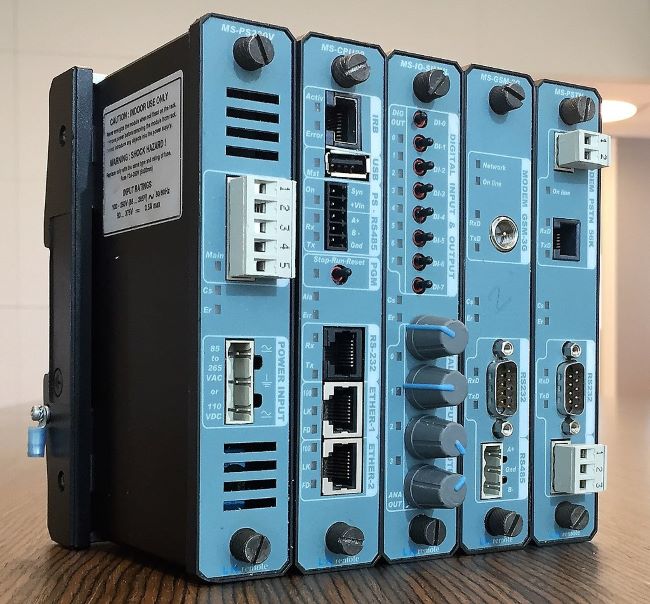
In SCADA systems, Remote Terminal Units (UTRs) are microprocessor-based devices that acquire signals from industrial processes and send the collected data to a remote location for processing and display. Because it facilitates communication between the field and the central system, it is an essential component of a SCADA system’s architecture.
The 15 most common uses of RTUs
RTUs are utilized in a variety of settings and perform numerous functions. The 15 most common uses of RTUs in SCADA systems are as follows:
- Observing and control of electrical substations: RTUs are utilized to obtain information of voltage, current, temperature, and so forth., and manage the electrical substation’s equipment.
- Water system Framework Robotization: RTUs are utilized to control valves, dampness sensors, and different gadgets in agrarian water system frameworks get more to the information itepeyac.com.
- Management of water appropriation frameworks: RTUs screen and control water levels, pressure, water quality, and permit control of siphons and valves in water appropriation organizations.
- Network monitoring for oil and gas: RTUs collect pressure, temperature, flow, and other data, in the transportation and distribution systems for gas and oil, and they make it possible to control compressors and valves.
- Control of air conditioning frameworks: In commercial and industrial buildings, RTUs are used to monitor and control HVAC (heating, ventilation, and air conditioning) systems.
- Critical infrastructure monitoring: RTUs are utilized to oversee and control electrical organizations, transportation frameworks, interchanges, and water treatment plants, among others.
- Control of siphoning stations: The RTUs permit observing and control of siphons, fluid levels, tension and stream sensors in siphoning stations.
- Environmental conditions are being monitored: RTUs obtain information from sensors of temperature, mugginess, air quality, and so on., for natural checking and control in modern offices and structures.
- Control of lighting frameworks: Building and outdoor lighting systems are programmed and controlled by RTUs.
- Checking of media communications organizations: RTUs get information from media communications hardware, like recieving wires, repeaters, and permit remote observing and control of these frameworks.
- Control of transportation frameworks: RTUs are utilized to screen and control transportation frameworks, for example, cost frameworks, traffic flagging, and traffic signals, among others.
- Facility monitoring of renewable energy sources: RTUs enable the monitoring and control of renewable energy systems by acquiring data from solar panels, wind turbines, or other renewable energy sources.
- Control of waste administration frameworks: Waste management systems like landfills and wastewater treatment plants are monitored and controlled by RTUs.
- Observing of mining offices: RTUs obtain information from sensors in mining offices and permit checking of boundaries like temperature, pressure, vibration, among others.
- Security framework observing: RTUs are utilized for observing and control of safety frameworks like fire identification frameworks, access frameworks and CCTV.
Industrial processes and infrastructures
RTUs are utilized in a variety of SCADA systems, and these are just a few examples. Because of their adaptability, these gadgets are essential for controlling a wide range of industrial processes and infrastructures.
A RTU (Remote Terminal Unit) and an IoT (Internet of Things) sensor are two distinct parts of a monitoring and control system. There is a difference between them.